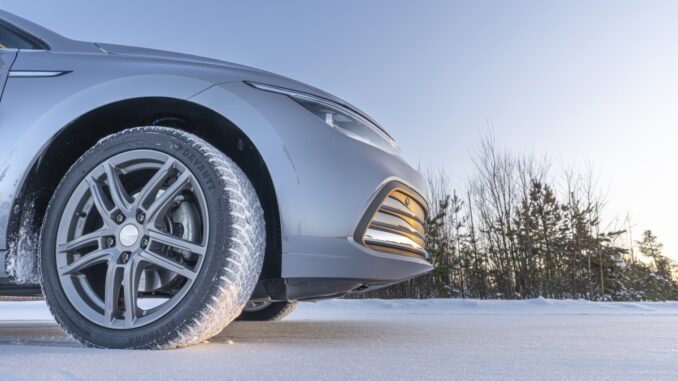
October is Tyre Safety Month here in the UK and this year’s theme is centred around educating drivers to the risks in using hacks and false economic activities when it comes to tyre maintenance.
Davanti Tyres’ General Manager, Peter Cross says:
“Tyres are rarely seen as a safety feature of a car, but they are the only element connecting your car to the road so it’s vital they are of high quality and well looked after. People are often staggered by the number of specialist engineers we have at Davanti working on new products, but it’s an integral part of everyone’s vehicle.”
Bearing this in mind, we take a look with the help of Davanti Tyres, at some simple things you can do to look after your tyres, particularly as winter approaches with roads becoming wet and slippery or even snow covered and stopping distances being more important than ever.
-
Check your tyre pressures regularly
It is recommended that you check your vehicle’s tyre pressures at least once a month as tyres can quickly become deflated if they are not checked on a regular basis, resulting in excessive and uneven wear of the tyre tread.
-
Check for damage and unusual wear patterns
Check your tyres for any visible perforations, bulges, cuts or deformations which will make the tyre unsafe to use. If in doubt, get them checked thoroughly by a tyre professional.
-
Make sure there is enough tread
This maybe obvious, but the more tread you have on your tyres, the better your grip on the road. The tread also affects the vehicle’s handling and of course your driver safety. The 20p test is a simple, quick and easy way of checking the tyre tread of your car’s tyres. Simply take a 20p coin and insert it into the tread grooves on each tyre. If you can’t see the outer band on the coin, then your tyres are above the legal limit and don’t need replacing.
-
Don’t overload your car
Bear in mind that your vehicle’s tyres are already supporting the total weight of the vehicle as well as withstanding deformations, speed and heat. The buildup of heat can cause exfoliation and separation of the tyre’s tread as well as damaging the tyre’s sidewall cord. So, try wherever possible not to carry heavier loads than normal or necessary. But if you find you do need to, make sure you adjust the tyres’ pressure accordingly. If you are not sure what level to inflate them to, consult your vehicle’s handbook. And of course, do remember to reduce the pressures to their normal level once you have finished transporting the heavier load.
-
Try not to mount the kerb
Bumping into a kerb or hitting one of our road’s notorious potholes can easily knock your wheels out of alignment. Incorrectly aligned tyres will result in uneven wear which can weaken and shorten their life and make them more prone to damage. It can also reduce your control and increase fuel consumption.
Cross adds:
“Regular tyre checks are important. If you ensure any small issues are resolved quickly, it stops a small issue becoming a bigger problem which can not only be dangerous, but also costly.”
For more information on winter driving, tyre safety and to find out more about Davanti Tyres, please visit: www.davanti-tyres.com.
Author Bio:
Simon Burrell is Editor of Our Man Behind The Wheel, a professional photographer and former saloon car racing driver.
Photograph courtesy of Davanti Tyres




Be the first to comment